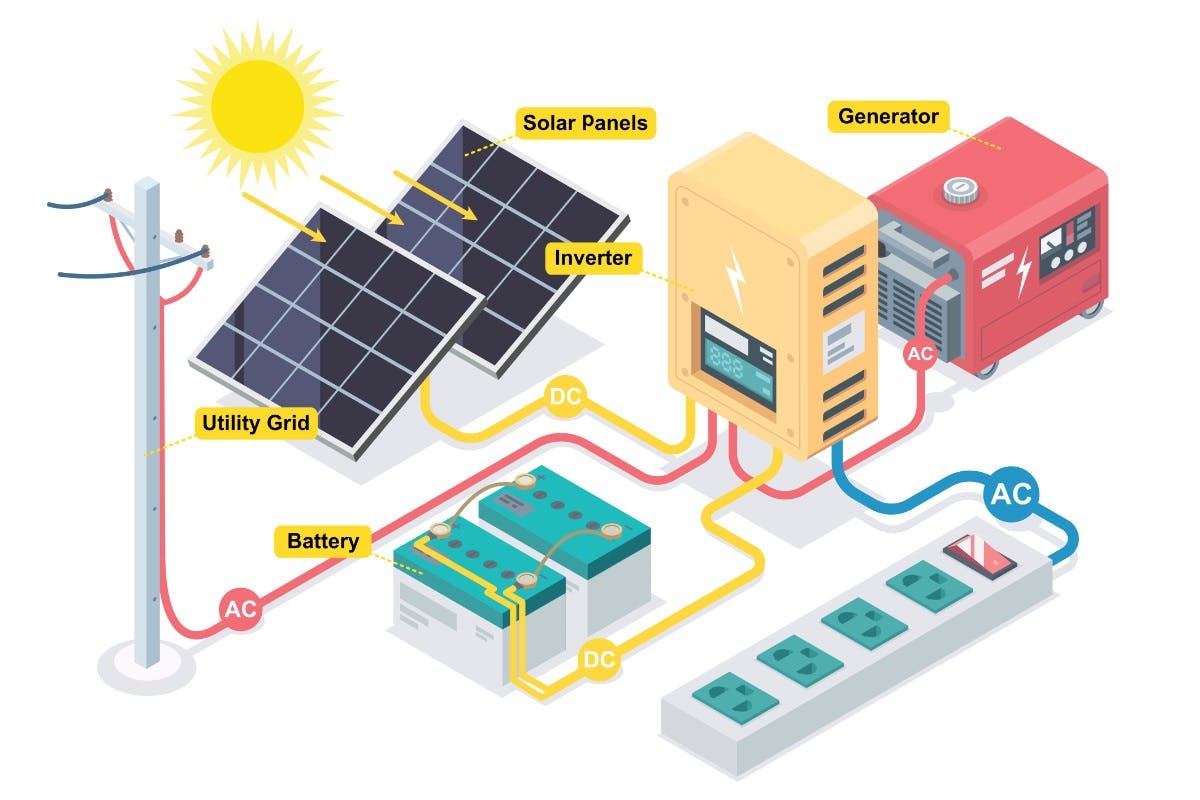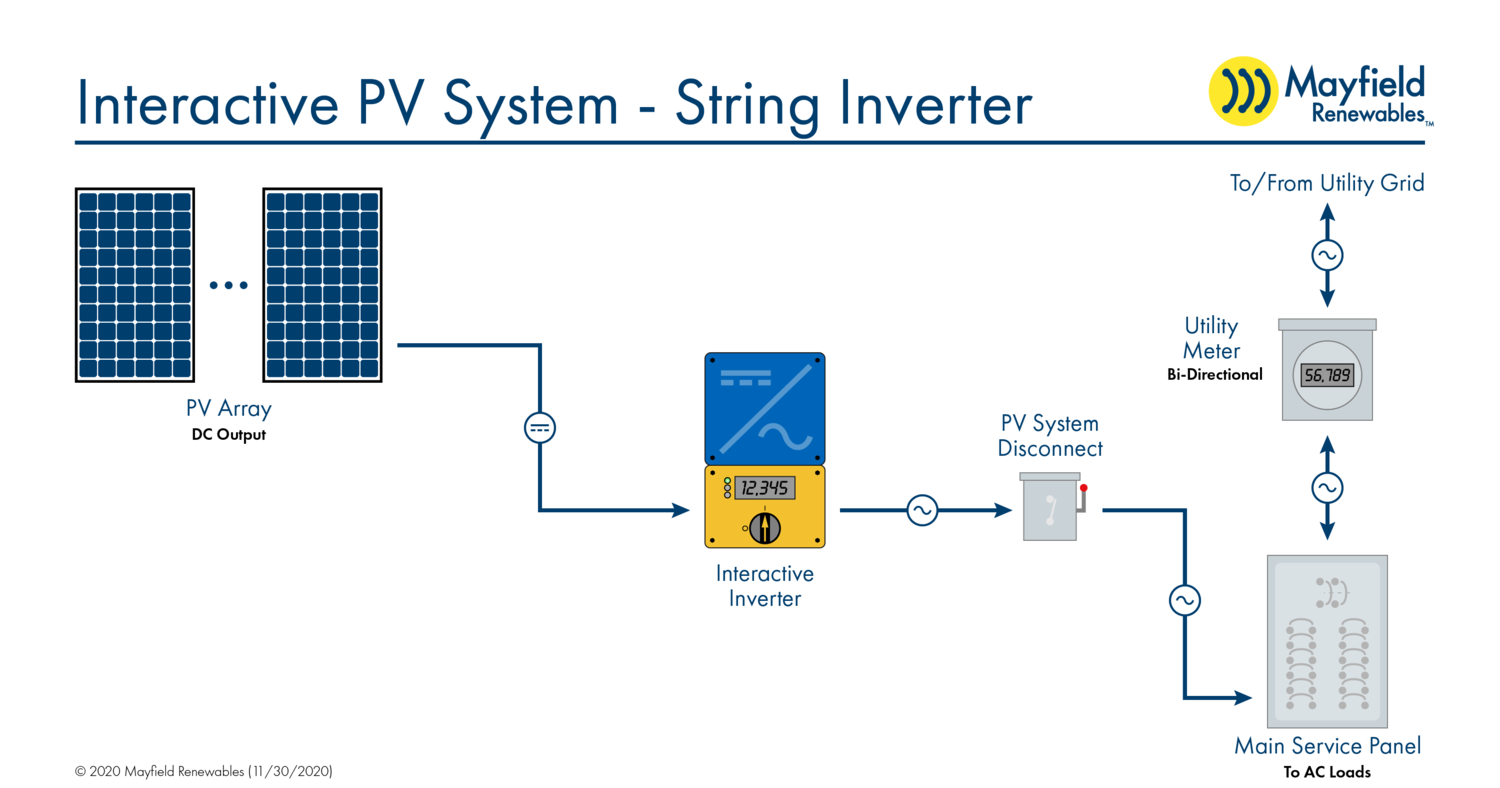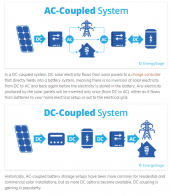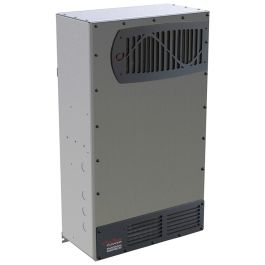realpinochet
Make Stuff In America Again!
- Joined
- Jul 4, 2022
- Messages
- 552
I'm just starting off in the solar tech and have some questions; perhaps they are documented elsewhere here? I'd appreciate some guidance on this path of seeking context and clarity.
1. Grid tie.
I've seen articles that seem to suggest this means only if the inverter is tied into the grid to sell back...I believe this is called net metering. I see others suggesting it can mean if the inverters are connected to the grid so you can use the grid as a source of energy if the sun isn't shinning and the batteries are empty..maybe even charge the batteries. Then it seems you have inverters that can use grid power not only to use if no other power source is available but can also be used in conjunction with other sources...I guess this is called grid assist. I find that there's inverters that can use incoming solar from the panels before it hits the batteries first, then batteries ..then grid last as a priority. Is this called "SBU" mode? It seems like even then you have inverters that can't use incoming DC to power the loads directly as it has to store it in the battery then pull from the battery and convert while others seem to be able to use in coming DC straight to the inverter without storage first. This all leads to other terminology questions.
2. AC coupling and DC coupling:
This seems to indicate how power was stored originally.
AC coupling: Pull from the grid, convert to DC and store in the battery. DC coupling: Pull from the incoming PV and store DC to DC in the battery.
So, what is it called when you have a inverter that can take incoming PV power from the charge controller directly and use it to power loads as much as possible first? DC to AC coupling? I guess then blend it if needed if there's not enough with battery or grid power? These seem to be a special kind of inverter, are these called hybrid inverters? This is the other question.
3. What exactly is a hybrid inverter, just a inverter that can pull from multiple sources? Do they all have the same features to be labeled hybrid? For example can all hybrids us PV input to power loads ..DC to AC coupling if that's what it's called?
I'm asking because I want to know what to look for when looking for a system. Some vendors just say hybrid or grid tie or whatever. In my usage case I'm looking for something like this.
A: I want to have a system that's capable of using the grid to not only power loads if no other source of power is available as in no sun and batteries depleted but also charge the batteries if desired and needed. But, I like the grid to also be able to step in if needed for supplementation on demanding loads. I don't plan on selling power back..so is this grid tie or grid assist?
B: I want a system that still works is the grid is down, it seems like some grid tie systems do not. If the grid is down I'd want my battery and PV power to work.
C: I'd like to have a system that can prioritize: Pull from solar power first, battery and then grid if needed. I want it to use PV directly as I'm reading it's more efficient.
D: (Stacking) Support multiple systems for redundancy and extra power.
* I'm assuming SBU mode means it can use incoming DC from the PV "directly" without storing and then converting back to AC?
My assumptions are I'm looking for a "Stackable" hybrid inverter system that can AC and DC couple? I'm still unclear on what it's called when using the PV directly without the need to store it first. It seems like most of the inverters marked hybrid are the mpp/growatt and other AIO units but what about more tier 1 systems that use a modular system like conxt 6848 or outback radian? I was trying to read the outback radian manual last night and that spurred this research. I need to understand the terminology and technology and how they associate / describe each other before trying to find out what I want to buy. I like the 6848 but can it use PV directly? Can it prioritize "sbu" ...I'm not sure cause I need more clarity on what I'm reading. I know this is a long read, I apologize but I'd like to have a better understanding instead of just buying what I saw a youtuber doing.
These are two of the several articles I found from my research.

 news.energysage.com
news.energysage.com

 palmetto.com
palmetto.com
1. Grid tie.
I've seen articles that seem to suggest this means only if the inverter is tied into the grid to sell back...I believe this is called net metering. I see others suggesting it can mean if the inverters are connected to the grid so you can use the grid as a source of energy if the sun isn't shinning and the batteries are empty..maybe even charge the batteries. Then it seems you have inverters that can use grid power not only to use if no other power source is available but can also be used in conjunction with other sources...I guess this is called grid assist. I find that there's inverters that can use incoming solar from the panels before it hits the batteries first, then batteries ..then grid last as a priority. Is this called "SBU" mode? It seems like even then you have inverters that can't use incoming DC to power the loads directly as it has to store it in the battery then pull from the battery and convert while others seem to be able to use in coming DC straight to the inverter without storage first. This all leads to other terminology questions.
2. AC coupling and DC coupling:
This seems to indicate how power was stored originally.
AC coupling: Pull from the grid, convert to DC and store in the battery. DC coupling: Pull from the incoming PV and store DC to DC in the battery.
So, what is it called when you have a inverter that can take incoming PV power from the charge controller directly and use it to power loads as much as possible first? DC to AC coupling? I guess then blend it if needed if there's not enough with battery or grid power? These seem to be a special kind of inverter, are these called hybrid inverters? This is the other question.
3. What exactly is a hybrid inverter, just a inverter that can pull from multiple sources? Do they all have the same features to be labeled hybrid? For example can all hybrids us PV input to power loads ..DC to AC coupling if that's what it's called?
I'm asking because I want to know what to look for when looking for a system. Some vendors just say hybrid or grid tie or whatever. In my usage case I'm looking for something like this.
A: I want to have a system that's capable of using the grid to not only power loads if no other source of power is available as in no sun and batteries depleted but also charge the batteries if desired and needed. But, I like the grid to also be able to step in if needed for supplementation on demanding loads. I don't plan on selling power back..so is this grid tie or grid assist?
B: I want a system that still works is the grid is down, it seems like some grid tie systems do not. If the grid is down I'd want my battery and PV power to work.
C: I'd like to have a system that can prioritize: Pull from solar power first, battery and then grid if needed. I want it to use PV directly as I'm reading it's more efficient.
D: (Stacking) Support multiple systems for redundancy and extra power.
* I'm assuming SBU mode means it can use incoming DC from the PV "directly" without storing and then converting back to AC?
My assumptions are I'm looking for a "Stackable" hybrid inverter system that can AC and DC couple? I'm still unclear on what it's called when using the PV directly without the need to store it first. It seems like most of the inverters marked hybrid are the mpp/growatt and other AIO units but what about more tier 1 systems that use a modular system like conxt 6848 or outback radian? I was trying to read the outback radian manual last night and that spurred this research. I need to understand the terminology and technology and how they associate / describe each other before trying to find out what I want to buy. I like the 6848 but can it use PV directly? Can it prioritize "sbu" ...I'm not sure cause I need more clarity on what I'm reading. I know this is a long read, I apologize but I'd like to have a better understanding instead of just buying what I saw a youtuber doing.
These are two of the several articles I found from my research.

AC Vs. DC Solar Battery Coupling: What You Need to Know
There are two primary ways of connecting solar panels and batteries: AC coupling and DC coupling. We cover the key differences.

What is a Hybrid Inverter?
What a hybrid solar inverter does, the options a grid-tied hybrid inverter gives you for home solar, how hybrid inverters compare to other inverters, and more.







